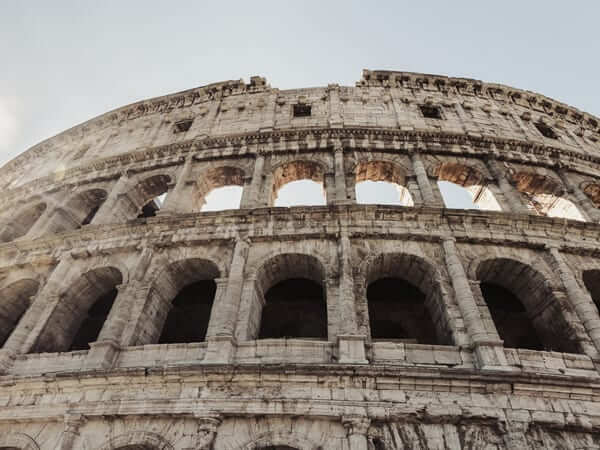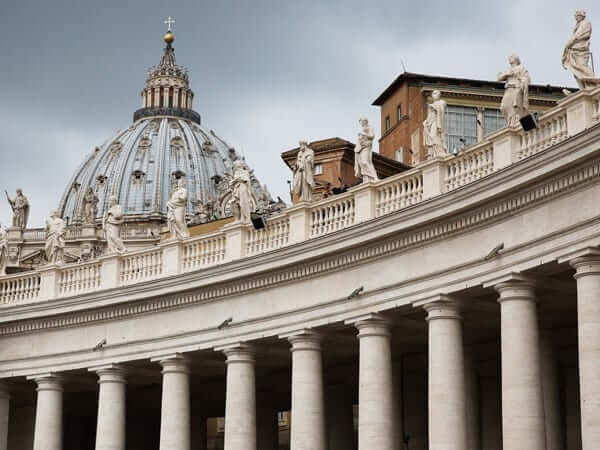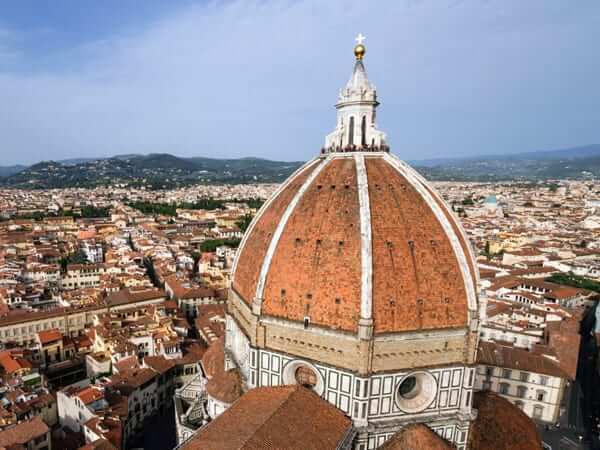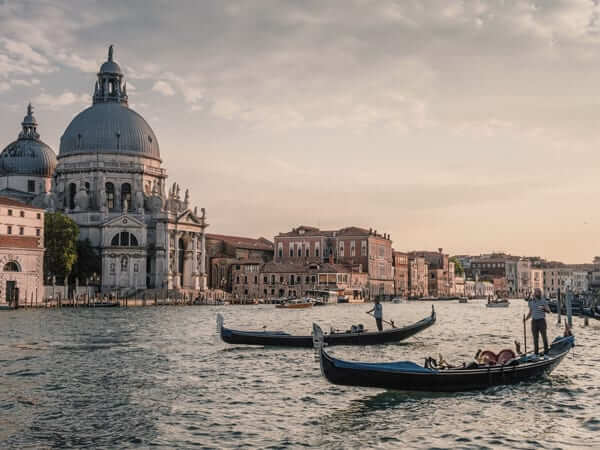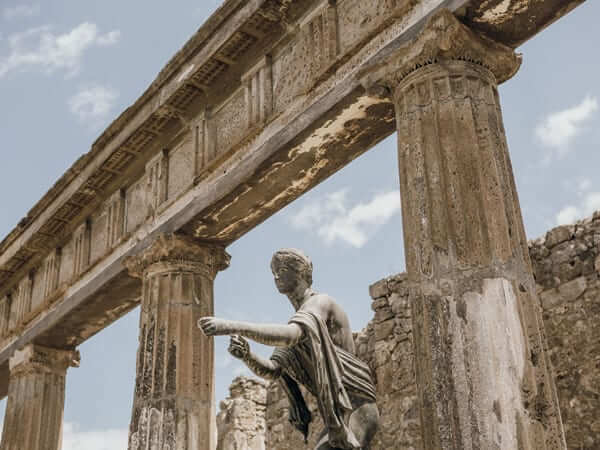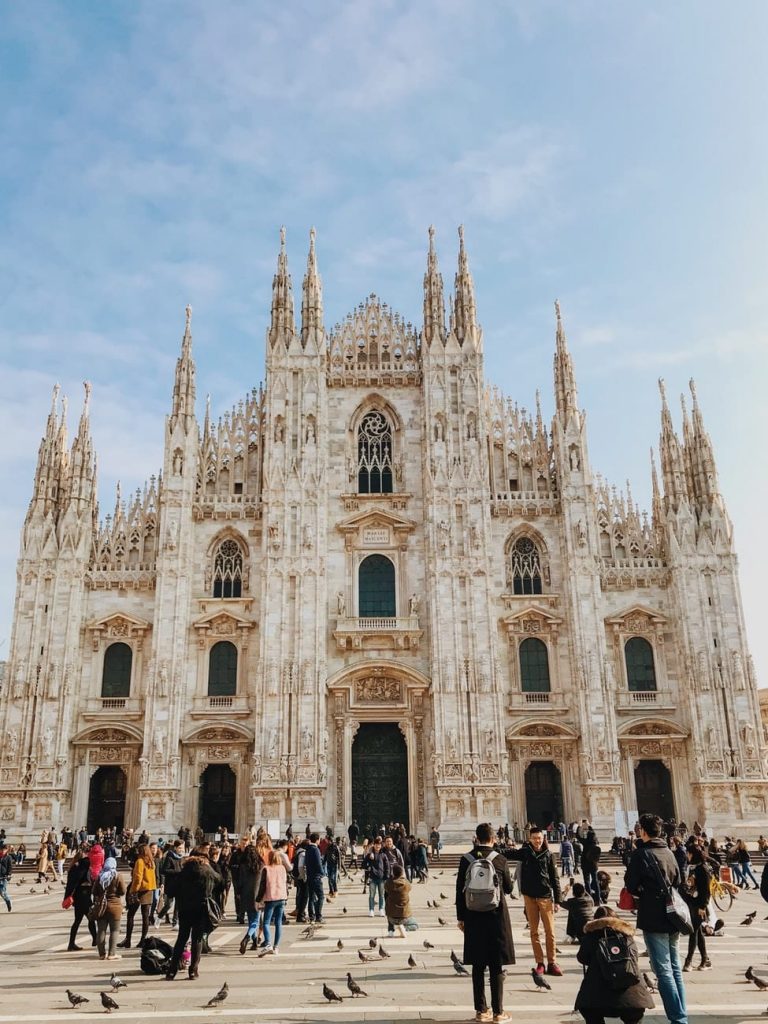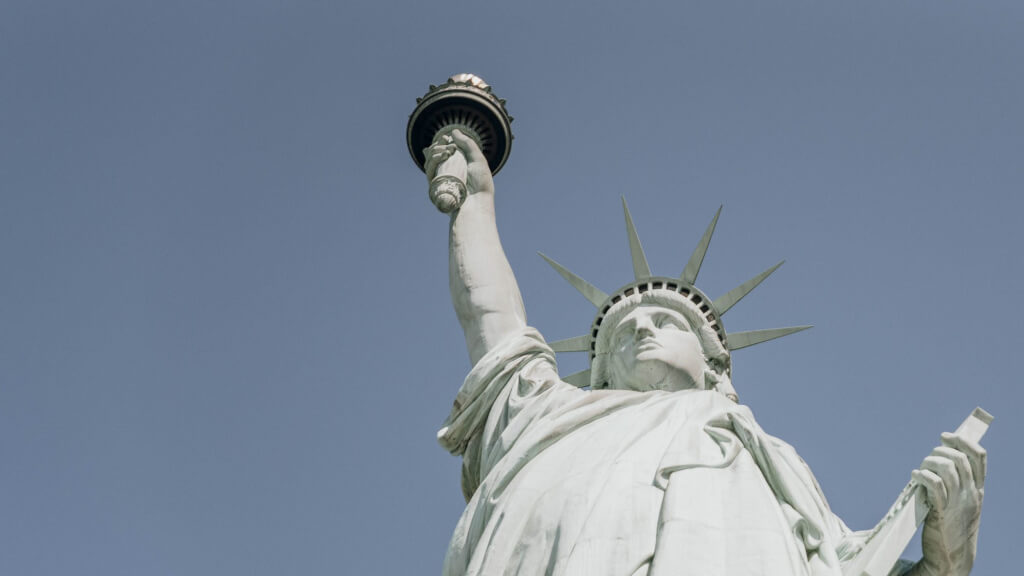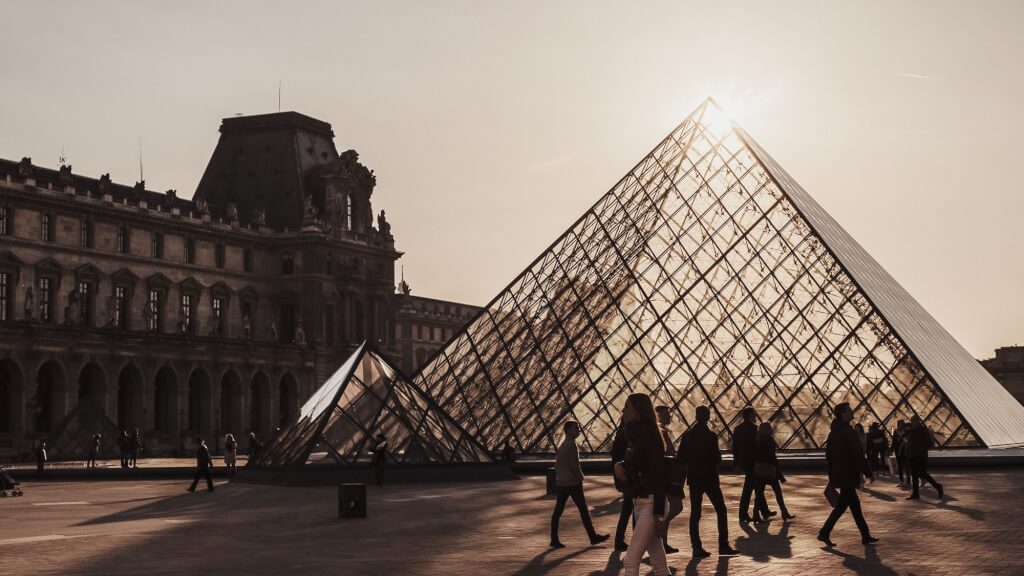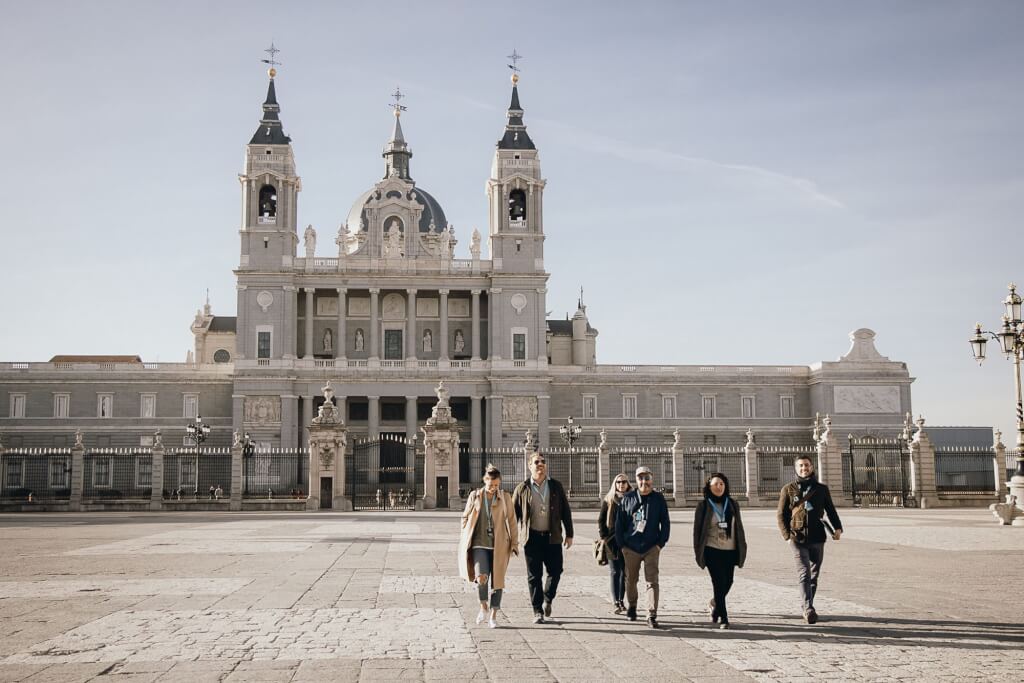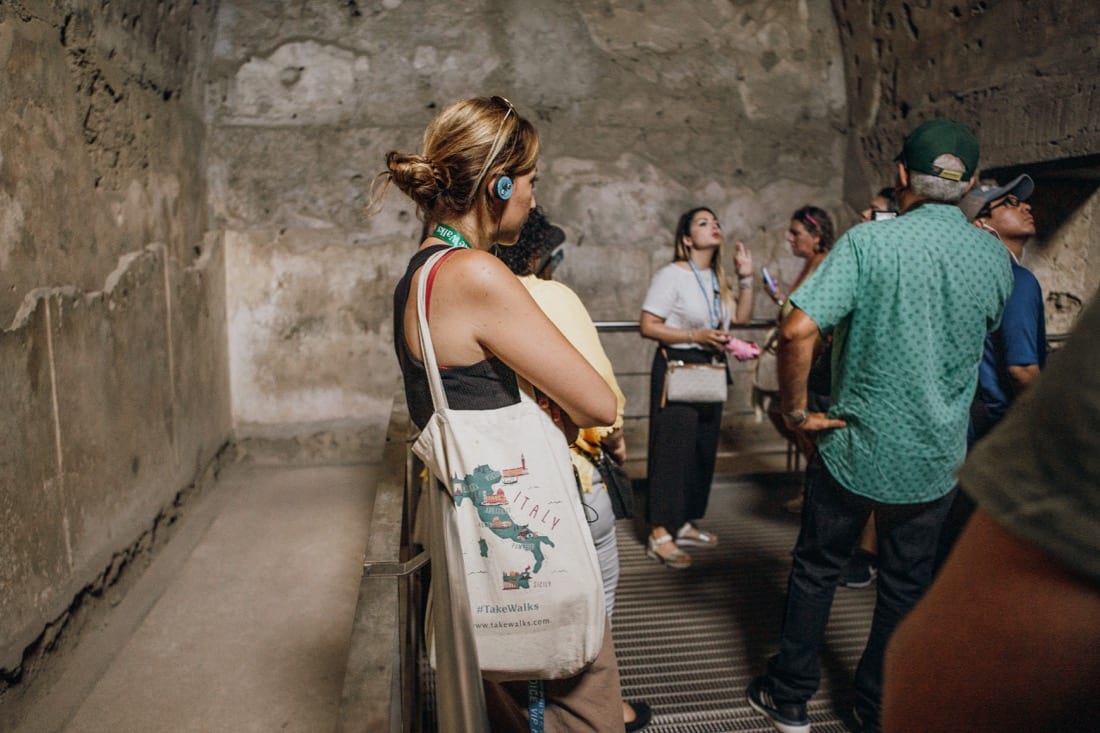
Surviving the Italian Heat: 10 Easy Ways to Keep Your Cool
May 12, 2025
It isn’t just tourists who sweep through Italy in the summer months – heat waves are common visitors, too! And unfortunately, red heatwave alerts have become very common in multiple Italian cities in the summer months. So, how can you beat the Italian heat?
Summer’s high temperatures aside, keep in mind that it’s always hot in Florence, Rome, and southern Italy from June through September. And if you’re wondering if Italy has air conditioning, yes, it does, but it’s not as common as it is in the US.
So whether you’re traveling to Italy this summer or next, here are the 10 quickest ways to keep cool on an Italian summer holiday— from snagging air-conditioned trains to ordering a “granita al caffè.” Read on for step-by-step tips, packing lists, and local hacks for surviving the Italian heat.

Beating the Italian heat starts with dressing light and wearing comfortable shoes.
Table of Contents
ToggleMake sure your accommodation has air conditioning
The first question when planning a trip to Italy in summer: does Italy have air conditioning? Yes, it does, but it depends. For the record, many Italians don’t like air conditioning. They think it’s bad, and even dangerous, for your body to have to rapidly adjust between the heat and the cold. It’s also a common knowledge belief that you get a mysterious disease, often involving an ache in the neck or spine, from the cold air whooshing out of it.
So yes, you could go the “cultural immersion” route of toughing out high temperatures… even in your sleep. But you probably don’t want to.
So, if you are looking for AC in Rome or any other Italian city, double-check that your accommodation has air conditioning. Almost all hotels will. But other types of accommodation, most notably apartment rentals, may not. If it’s not clearly listed as an amenity in the description, then make sure to ask.
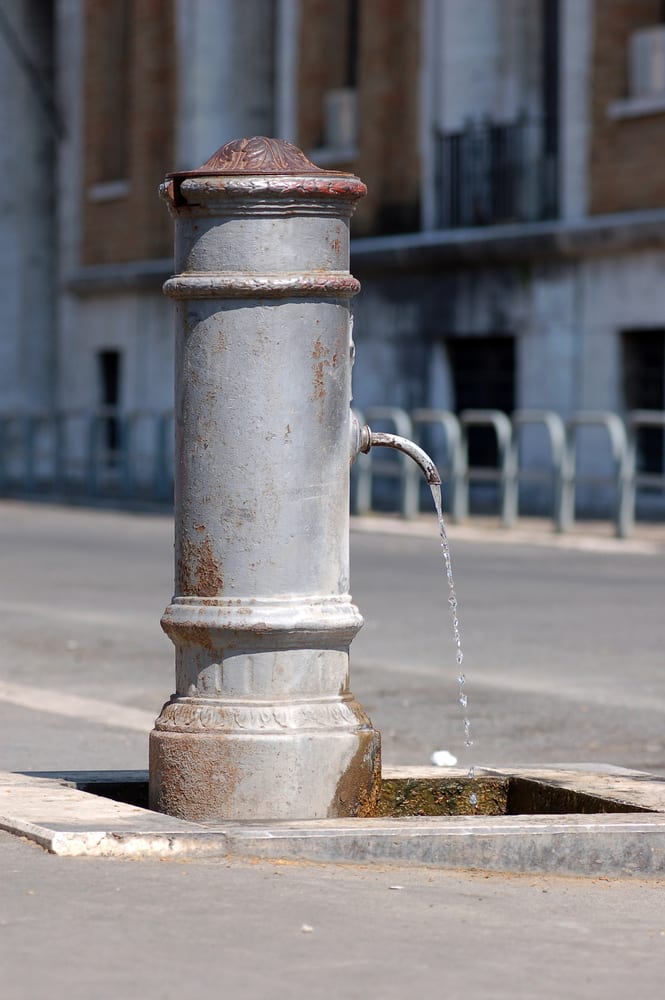
One local secret to staying cool in Italy is using the many nasoni, or fountains that are common in most cities.
Drink (tap) water
Italy’s tap water is clean and safe. (The water in Rome, which comes from the mountains outside the city, is particularly tasty). And there are fountains all over the major cities that are safe to drink from; only very occasionally will one say “non potabile,” or “not potable.”
So make use of them. If you bought a bottle of water from a cafe, refill it at a fountain when you’re done. It’s way better for the environment—and easier on your wallet—than constantly buying new bottles.
Dress comfortably for the heat—but (always!) appropriately for churches
Yes, you’ll want to enter St. Peter’s Basilica and the Florence Duomo. But even on days when you haven’t planned to visit a church, make sure you’re either dressed appropriately (i.e. shoulders and knees covered), or at least have something you can throw on, like a light shawl.
Why? First, because Italy’s churches aren’t just holy sights; they’re gems filled with beautiful art, fascinating relics, even Roman ruins. Second, because churches are cool.
Even though they’re not air-conditioned, those soaring ceilings, marble walls, empty space, and darkness do something magical to the interior temperature. And why pass that up just because you were wearing a spaghetti-strapped top?
Traveler’s tip: If you’re planning on visiting Rome, check out our tips for visiting St. Peter’s Basilica before you go!
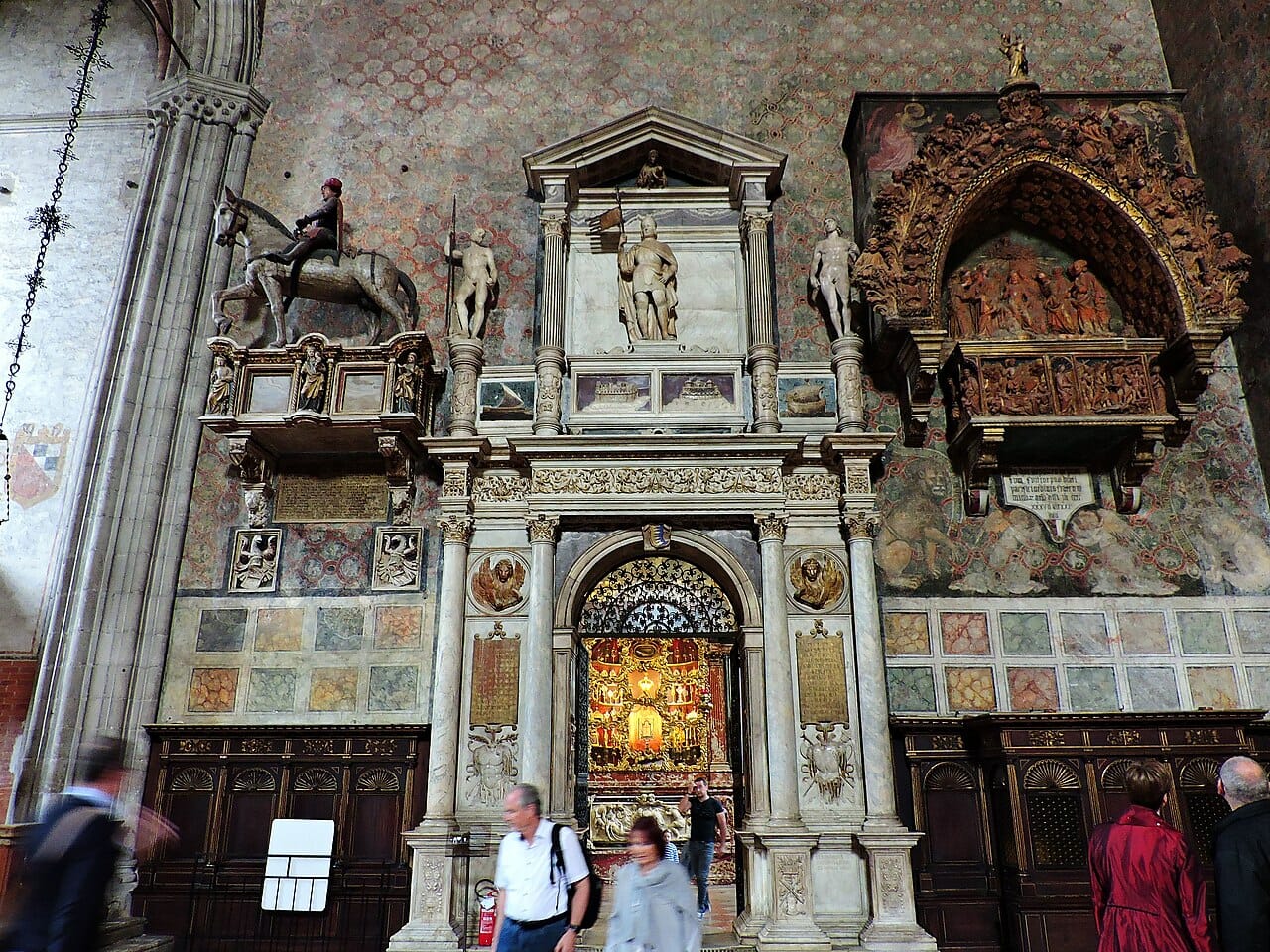
Cold shoulders? Throw a scarf into your bag so you don’t miss out on churches such as Venice’s Basilica of Santa Maria Gloriosa dei Frari. Photo credit: Dimitris Kamaras
Lose the backpack
Having a big, heavy thing stuck to your back makes you, obviously, hotter.
And unless you’re hiking in the mountains, or bringing along a professional camera and a set of three lenses, or have a baby or young children and need on-the-go supplies, there really isn’t much reason to use one. Lose the backpack!
Take sightseeing slowly
It’s rarely a good idea to try to pack everything into your Italy trip. It’s never relaxing, and in Italy especially, it’s almost like asking for something to go wrong. But that’s even more important to keep in mind in the heat of the summer.
You’ll probably be moving more slowly than you would otherwise, and it’ll be even more important for both your sanity, and your health, to rest as often as possible. Embrace it.
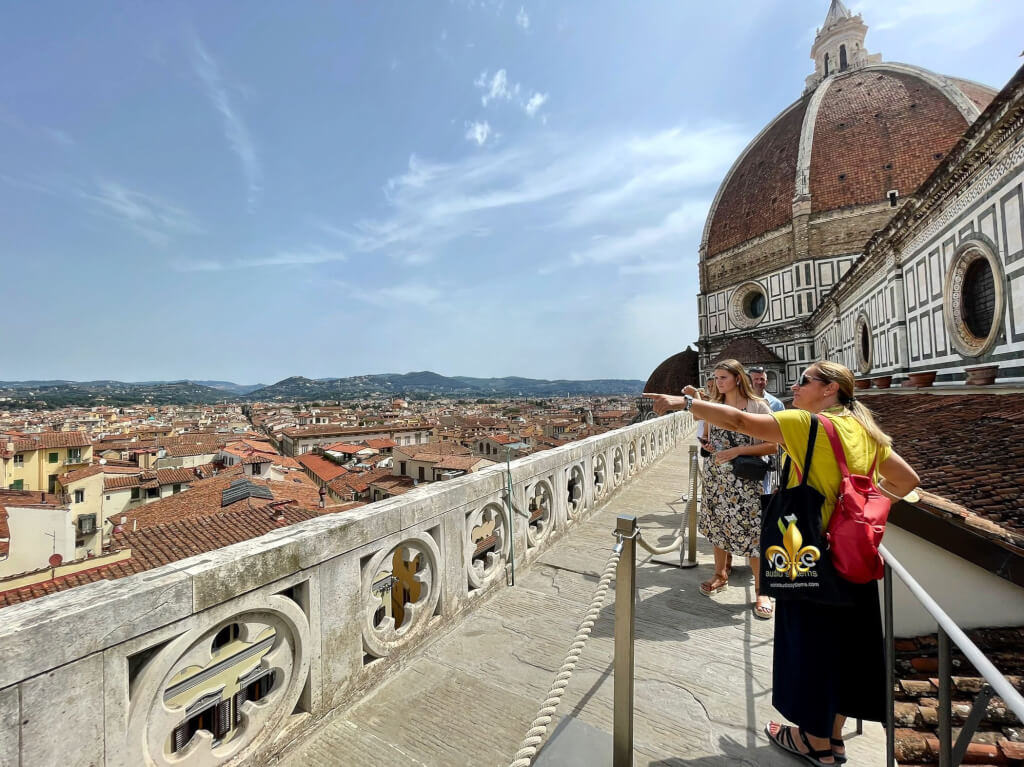
When you’re under the hot sun, make sure to take things at a reasonable pace to survive the heat.
Don’t be fooled by restaurants with misters
In the summer, lots of restaurants around Italy attract tourists by turning on misters near their outdoor tables. When you walk past, it feels delicious, so you stop.
The problem? First of all, that mist is directed outward from the tables. While it might help lower the temperature where the diners actually are, it’s not by much—it’s more to make you, the passersby, stop in your tracks.
Second, we’ve yet to see this schtick used at any restaurant where the food is any good. You have been warned.
Seek out naturally-cool sights
Churches are often cooler than the outdoors. So are underground ruins and sights (like the catacombs in Rome). Up on hilltops, like at Piazzale Michelangelo in Florence or the Janiculum in Rome, you can often get both a gorgeous view and a nice, cool breeze.
Visiting Napoli? There are also plenty of great places to explore Naples underground!
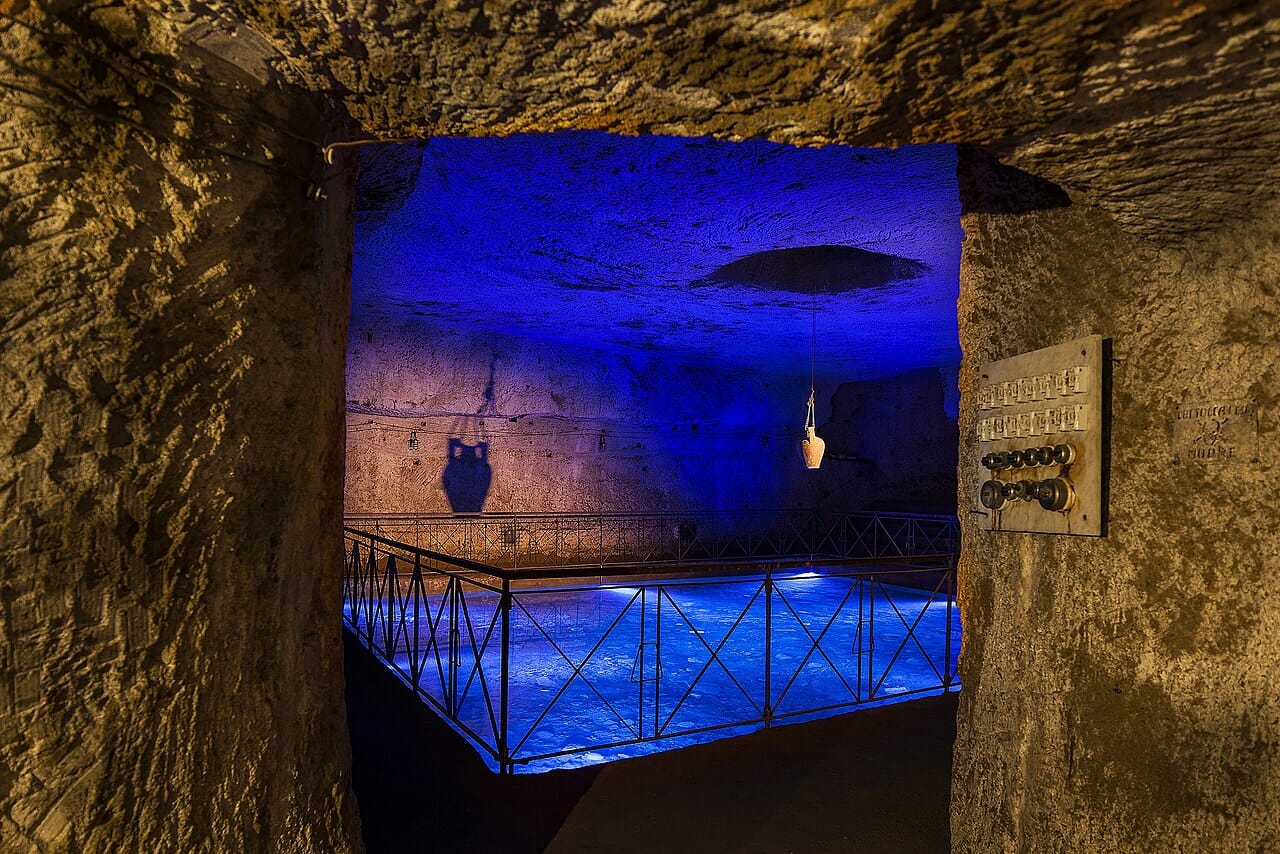
Discovering underground cisterns in Naples is literally a cool experience. Photo credit: Associazione Culturale Borbonica Sotterranea
Find air conditioning in Rome’s museums & cafés
Sad but true: Many of Italy’s major museums, including the Vatican museums (aside from the Sistine Chapel and a couple of other rooms) and Uffizi Gallery, don’t have air conditioning.
Other museums, including the Capitoline Museums and Borghese Gallery in Rome, do have air conditioning, but the spaces are so large, and the rooms get so crowded. Still, if you need to cool down inside somewhere, these are great options.
Our best recommendation for finding air conditioning in Rome’s museums is to avoid both the crowds by either going first thing in the morning (like on our Pristine Sistine Chapel Tour), or at the end of the day or evening (the Vatican museums are open every Friday during summer from 7pm to 11pm, which must be booked in advance).
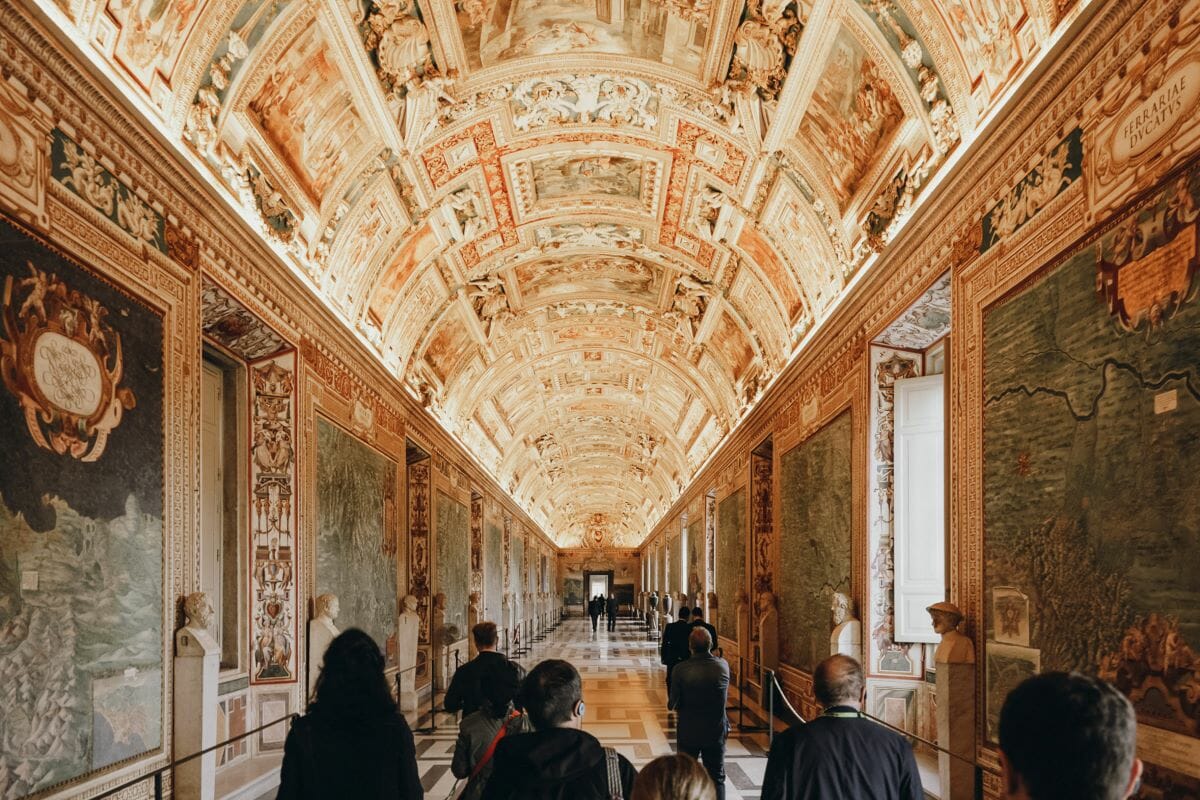
Step inside a museum during the afternoon for a few hours is a great way to keep cool and escape the Italian heat.
Go easy on the wine
We definitely think that enjoying food and wine in Italy is one of the major perks of visiting the country.
That said, keep in mind that alcohol dehydrates you, and that if you’re already dehydrated (as is likely if you’ve been sightseeing all day), it’ll go to your head even more quickly. And make you feel worse the next day.
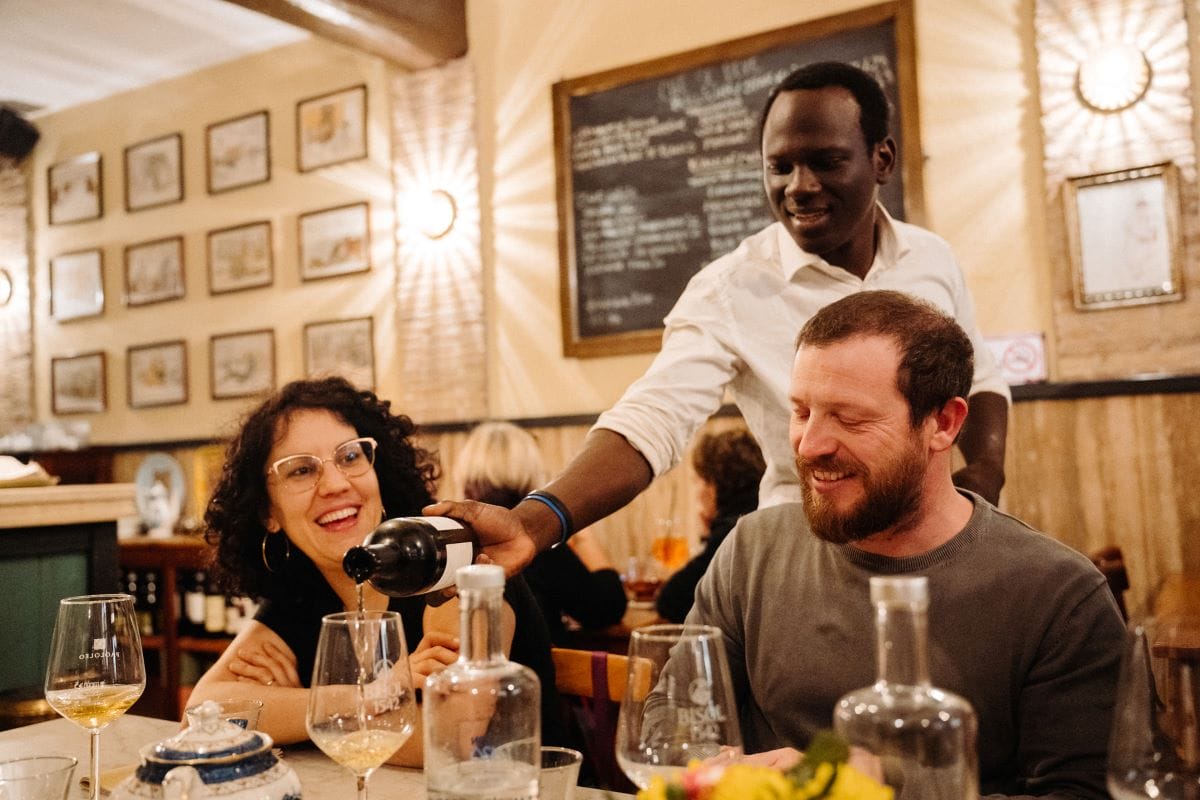
The first rule of beating the Italian heat is to keep hydrated!
Go for gelato or granita instead
Along with gelato, granita is another great way to cool off and beat the Italian heat. Originally from Sicily, these frozen fruity treats are a lighter way to cool down than gelato. Summer never tasted so good.
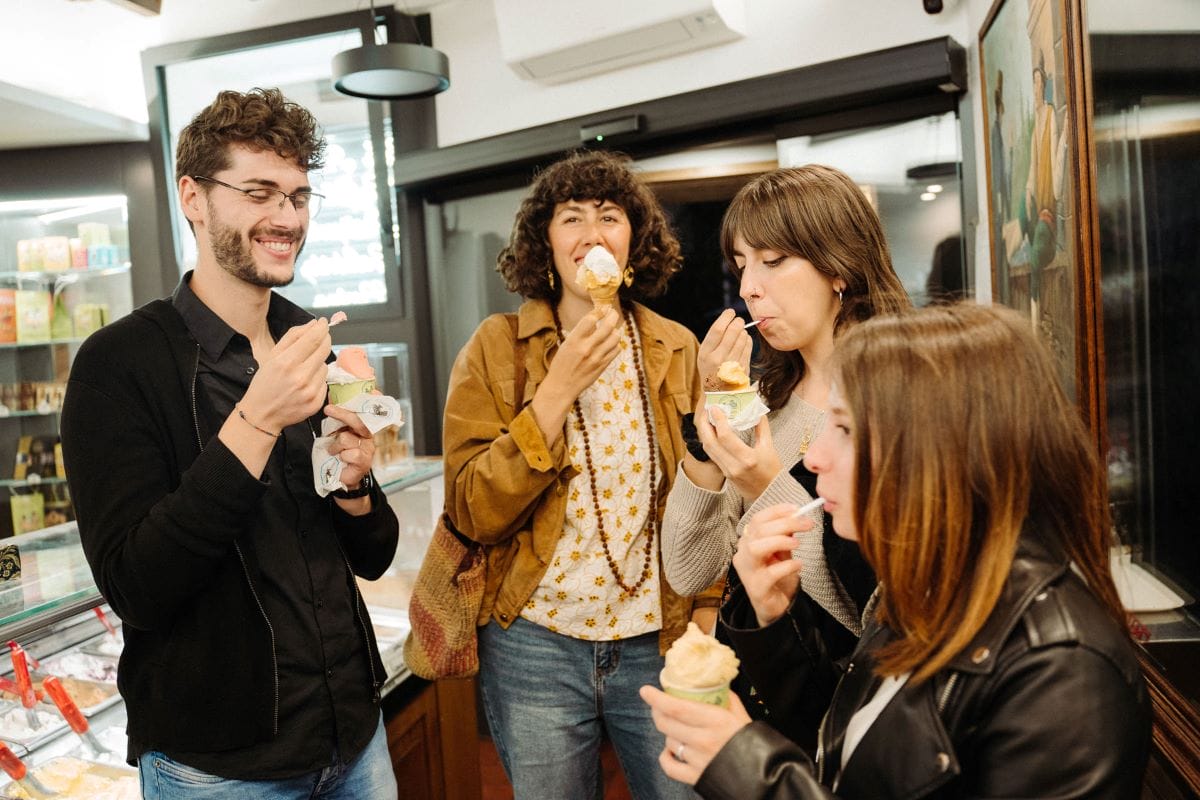
Gelato is, by far, the best way to beat the Italian heat.
Traveler’s tip: Gelato is perhaps our favorite tool to survive the Italian heat, but not all gelaterias are created equal. Check out our tips on Where to Find the Best Gelato in Italy: Florence, Naples, Rome, & More.
Repeat after me: No matter what, you will be hot
Italy’s cities and sights are best explored on foot. And sometimes, like for the Vatican museums or the Roman forum, walking is the only option. We think that’s a lovely aspect of Italy—but even we know that, if you’re talking about temperatures in the 90s, that can be a little uncomfortable, too.
So, even if you’ve done, or are planning on doing, everything else on this list, mentally prepare now for the fact that you will sweat. No, it’s not ideal. (Unless you’re one of those people who really loves the heat).
But you probably chose to come this time of year for a reason, so do your best to make the most of it. After all… you’re in Italy!
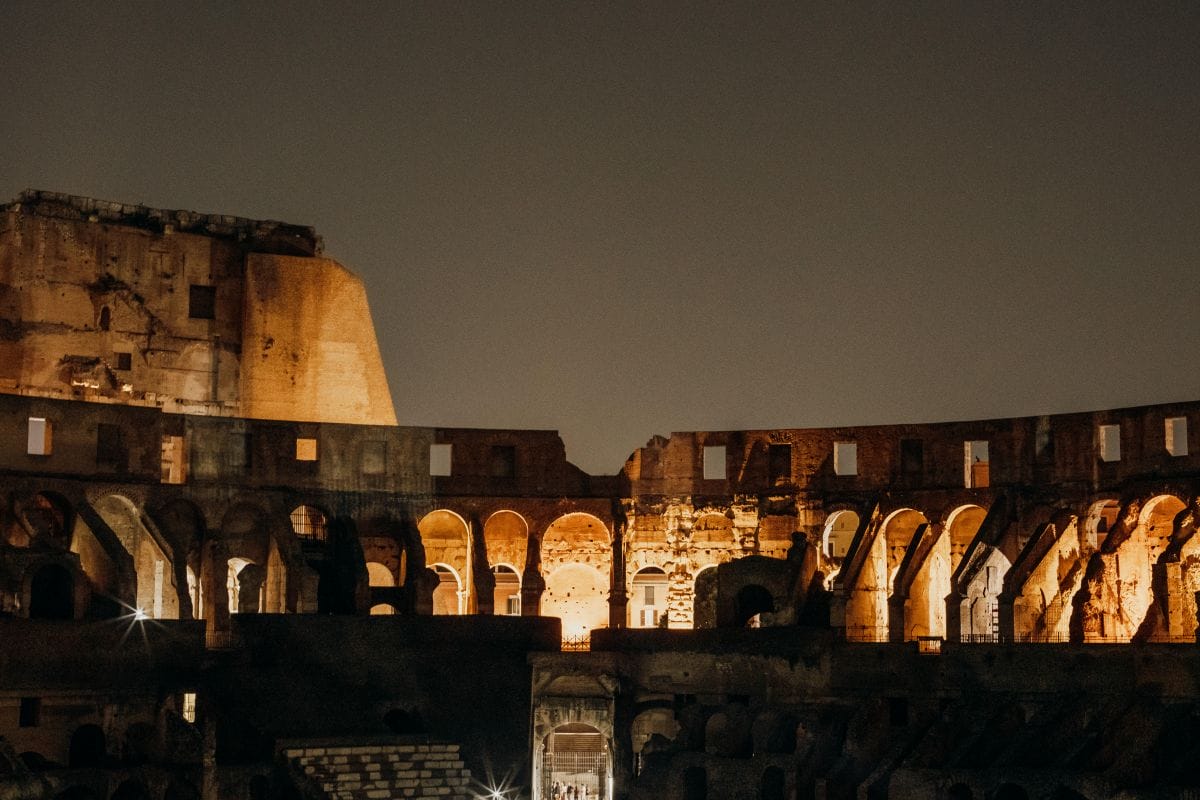
Seeing major landmarks in the late evening is another way to stay cool during the Italian heat.
Italian Heat FAQ
Does Italy have air conditioning in hotels and apartments?
Major hotels usually offer A/C, but older palazzi often rely on fans. Always look for “aria condizionata/condizionatore” in the listing and confirm temperatures can be set below 24 °C.
Is Italy hot in summer?
Expect 30 – 37 °C (86 – 99 °F) in July–August, with humidity in cities like Florence. Coastal towns feel cooler thanks to sea breezes.
How hot is Rome in July?
Average highs hover around 32 °C (90 °F). Early mornings and evenings drop to ~20 °C (68 °F).
What should I wear in Italy in August?
Lightweight linen or cotton, UV hat, and breathable walking shoes are essential; shoulders covered for churches.
How can I stay cool while sightseeing without air-conditioning?
Start at 7 am, take shade breaks at churches or underground sites, refill bottles at nasoni fountains, and carry a pocket mist spray. Another good option to avoid the sweltering heat is to do an indoor activity such as a pasta-making class. If that sounds something you’d be interested in, check out our Rome Cooking Class where you’ll learn pasta-making techniques from a local chef while enjoying wine—in air conditioning!
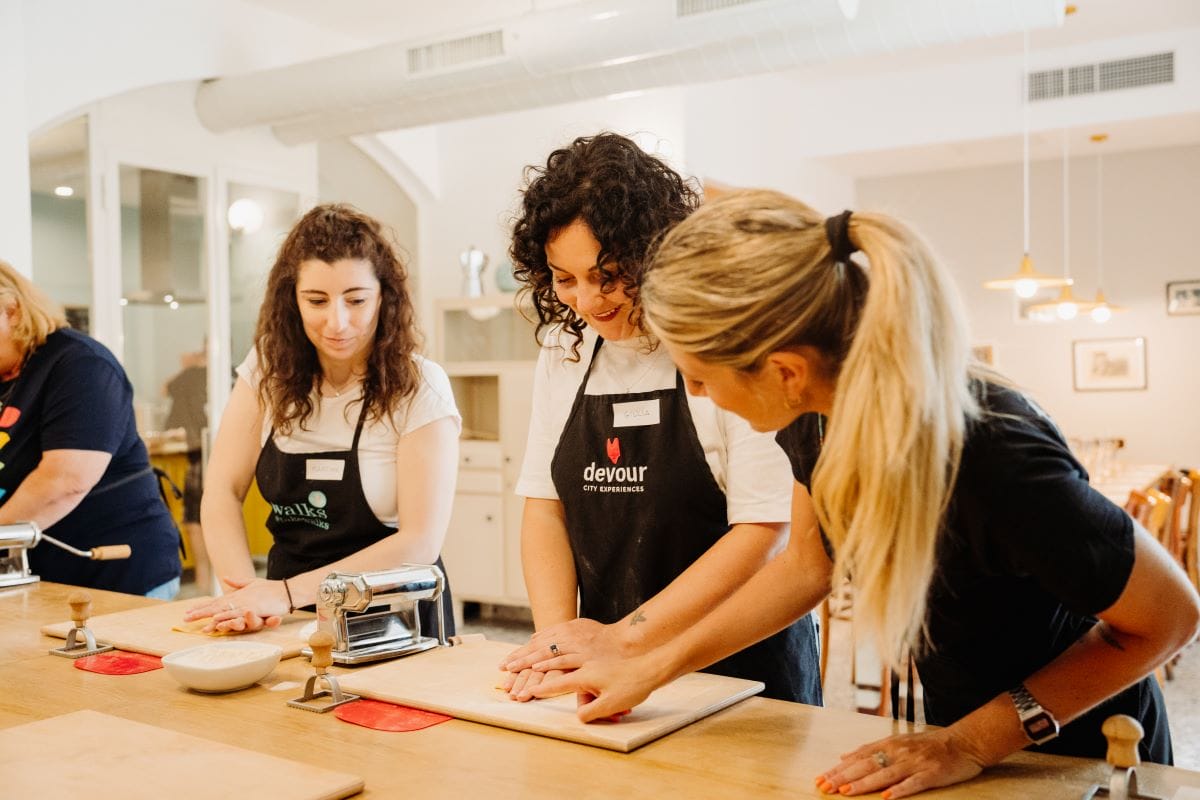
A pasta making class is “cool” in so many ways!
by Walks of Italy
View more by Walks ›Book a Tour
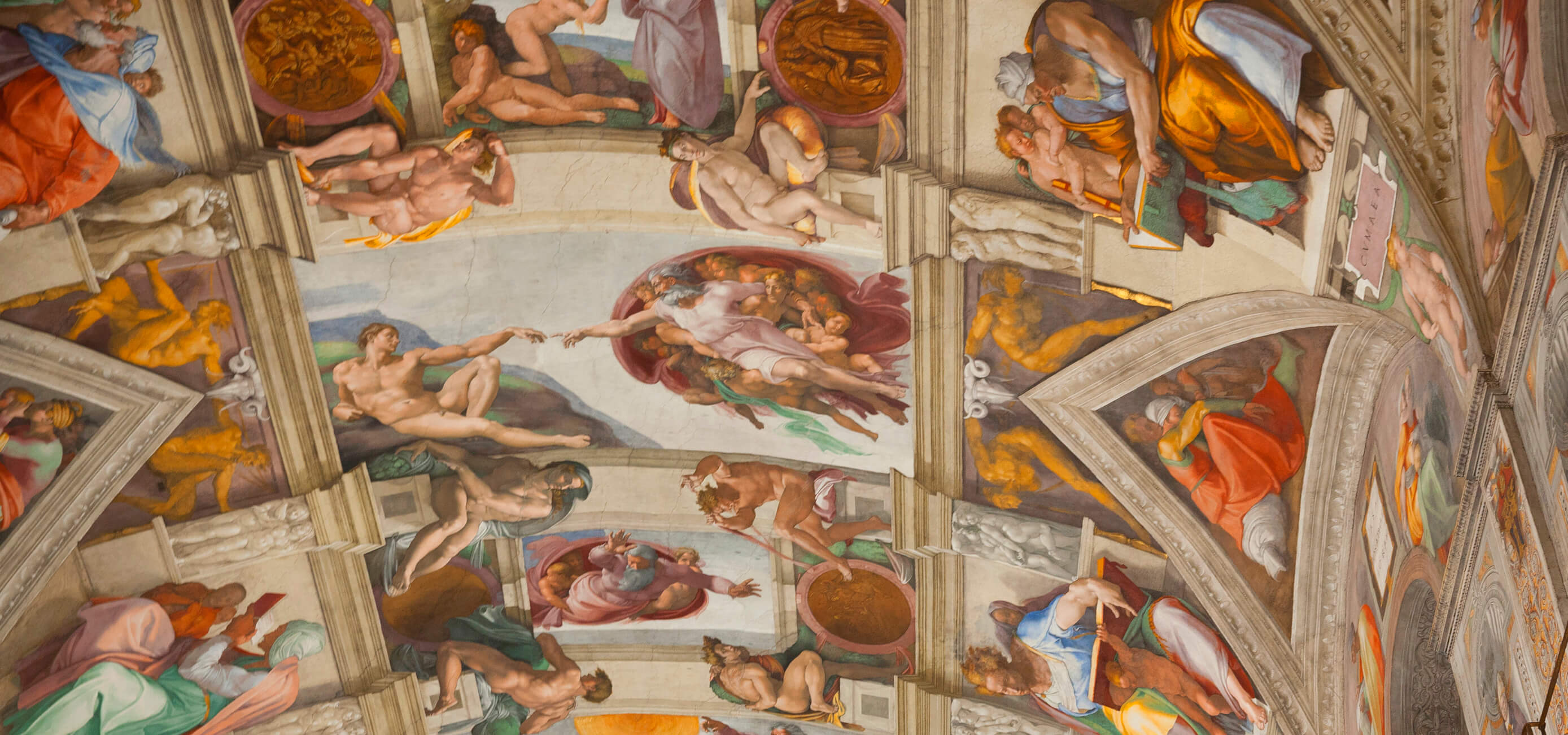
Pristine Sistine - The Chapel at its Best
€89
1794 reviews
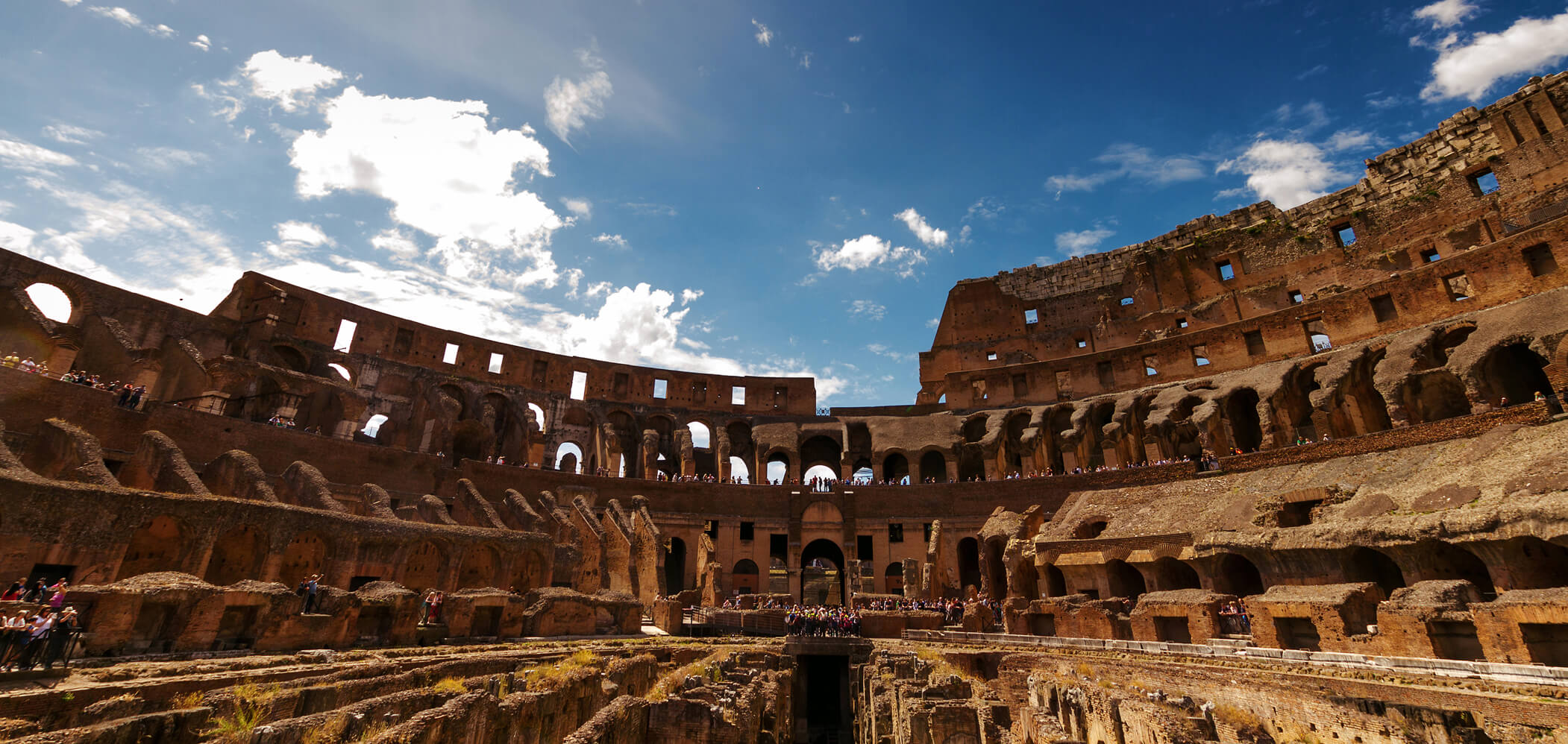
Premium Colosseum Tour with Roman Forum Palatine Hill
€56
850 reviews
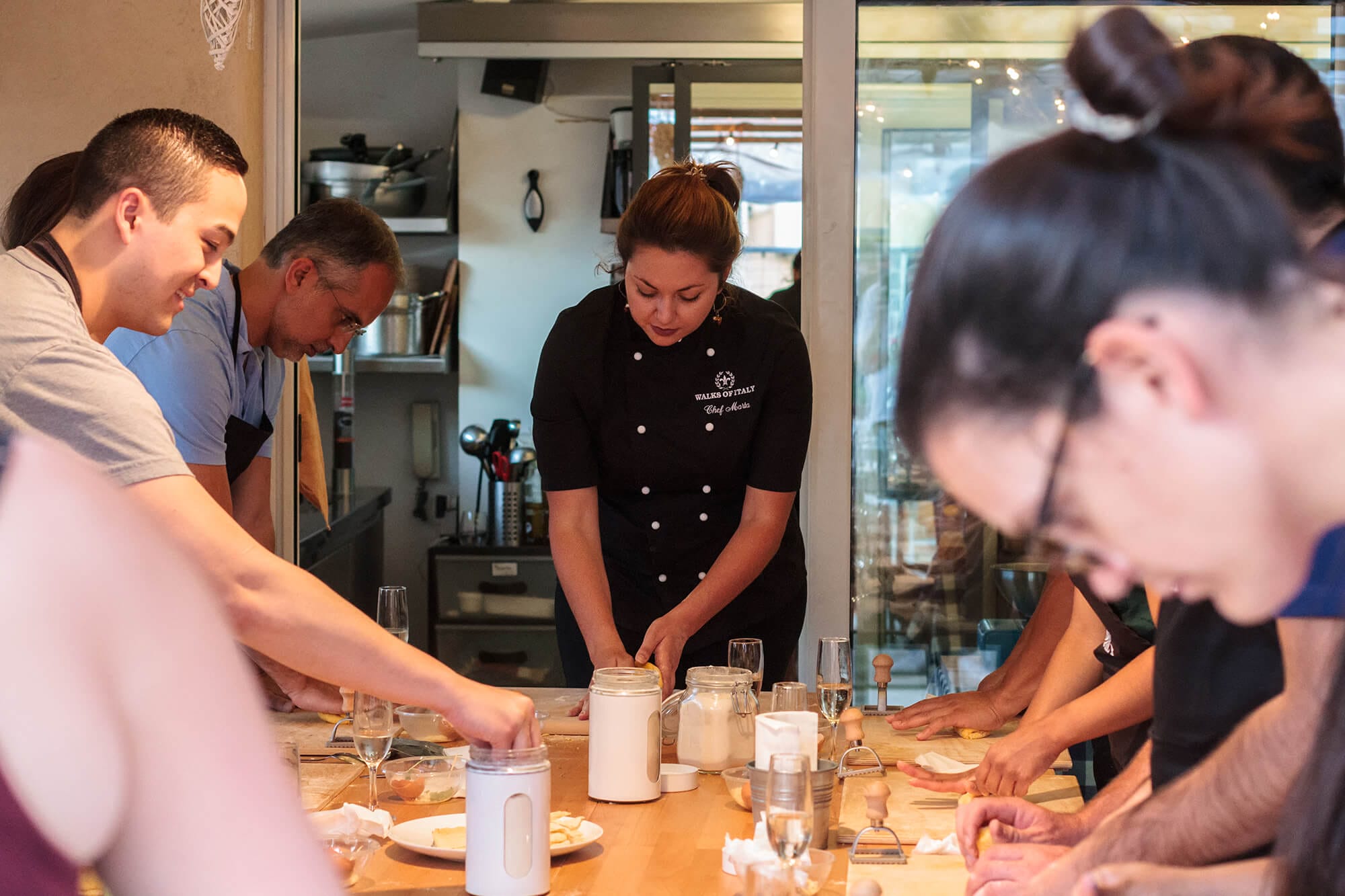
Pasta-Making Class: Cook, Dine Drink Wine with a Local Chef
€64
121 reviews
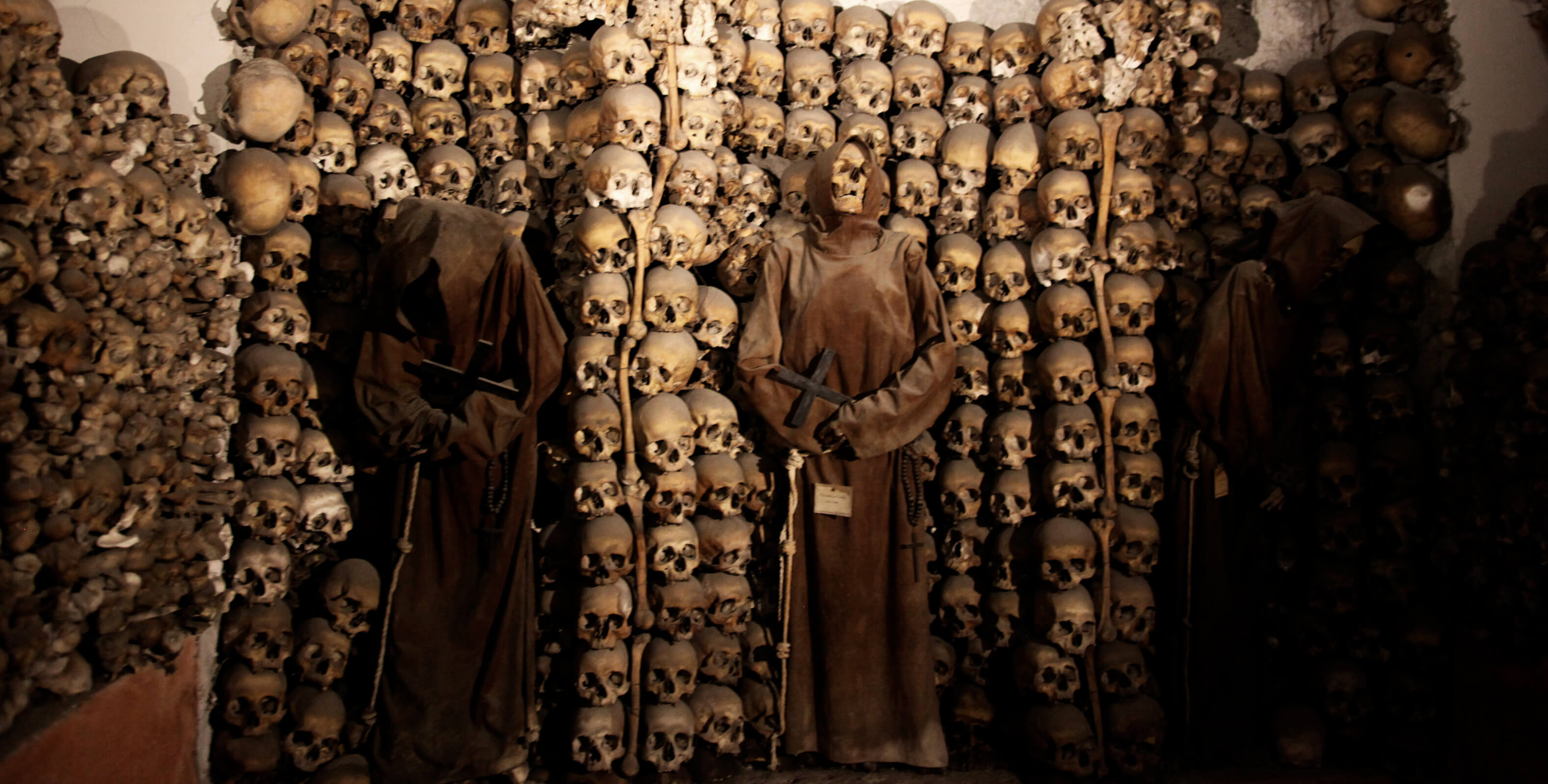
Crypts, Bones Catacombs: Underground Tour of Rome
€69
401 reviews
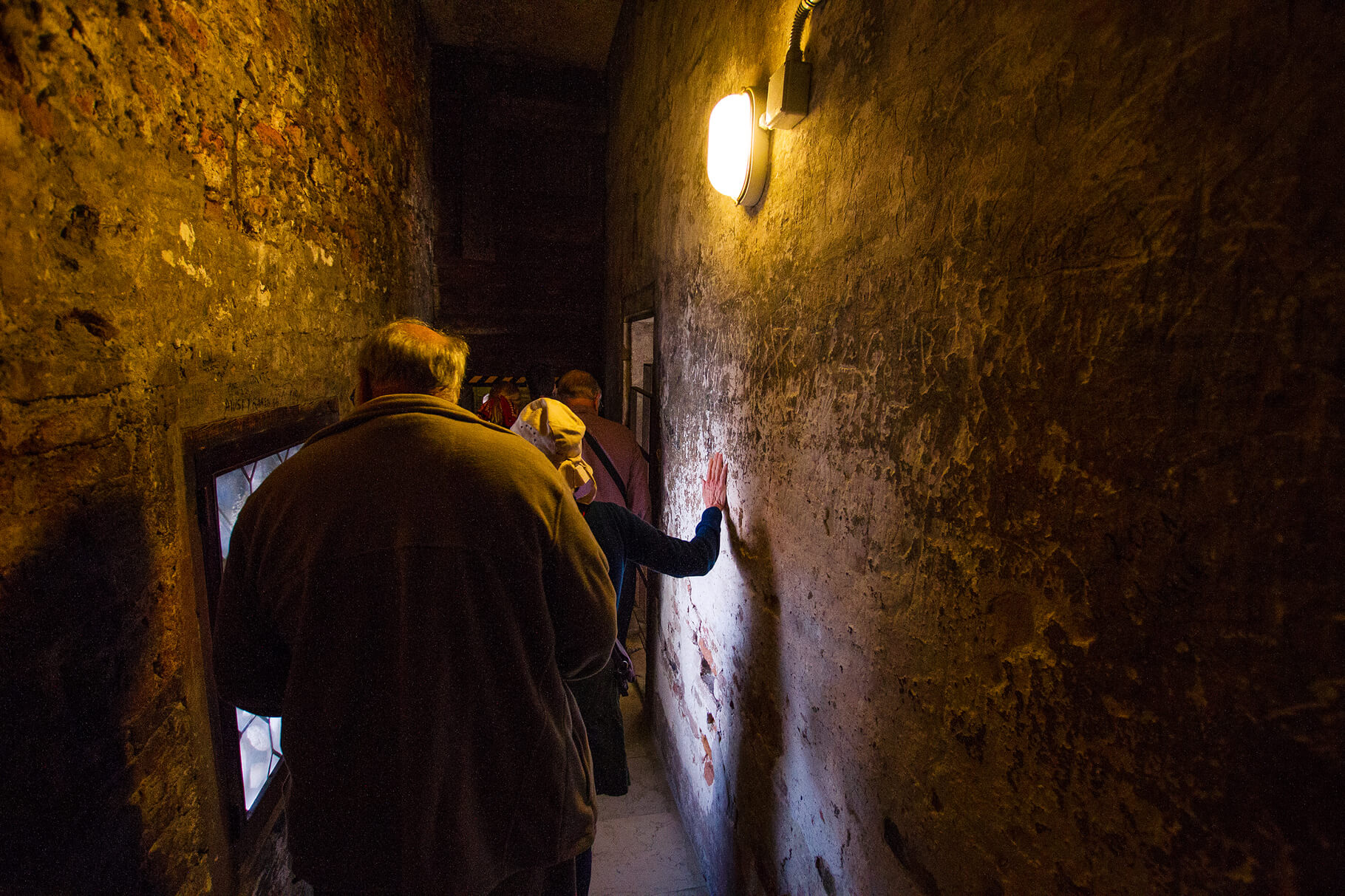
VIP Doge's Palace Secret Passages Tour
€79
18 reviews
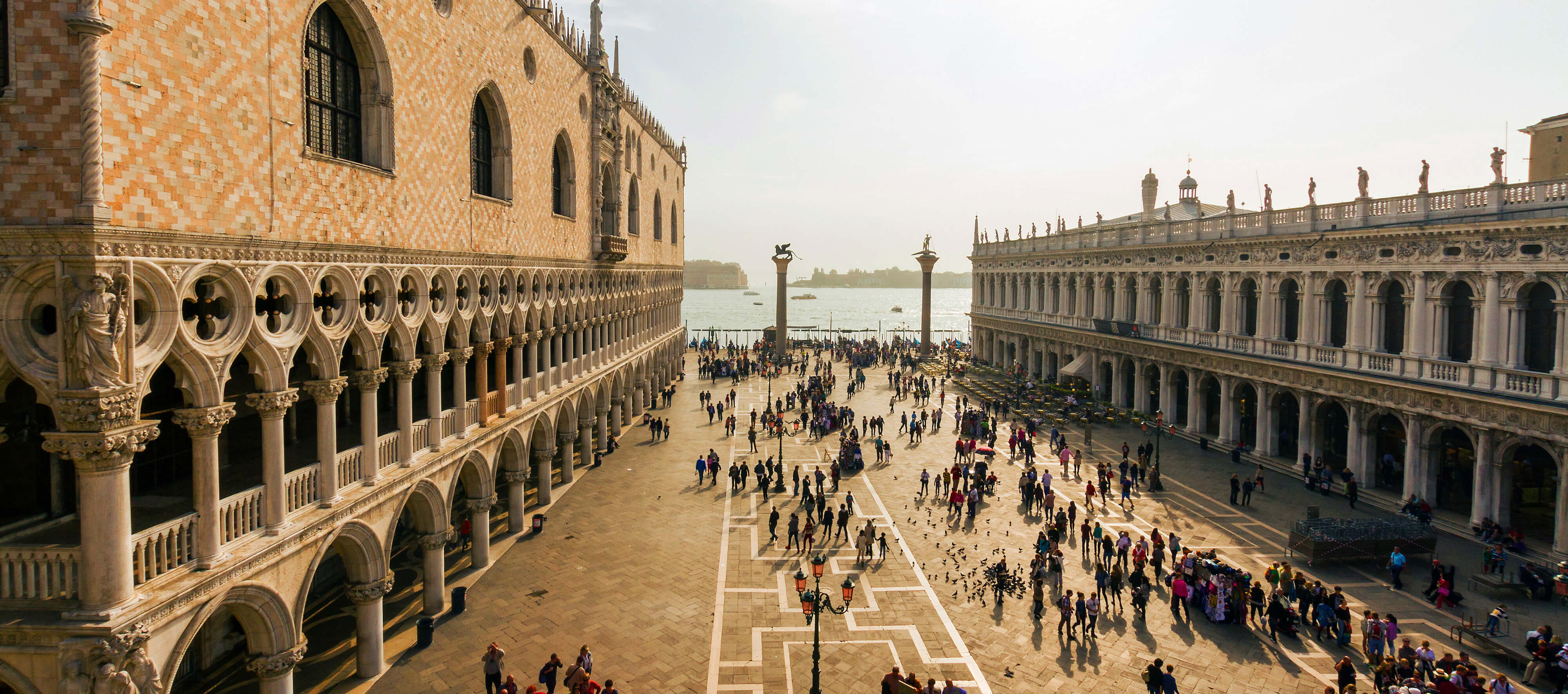
Legendary Venice: St. Mark's Basilica, Terrace Doge's Palace
€69
286 reviews
